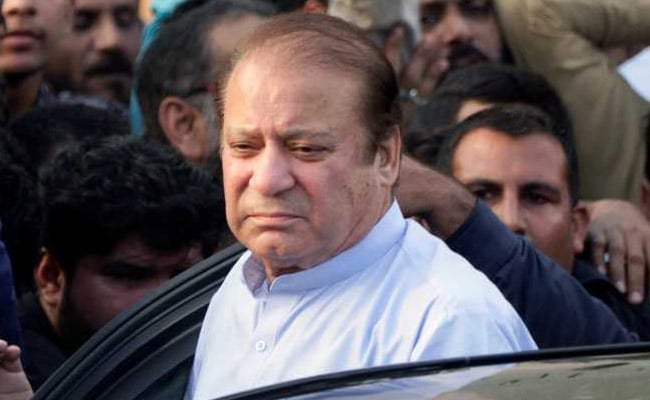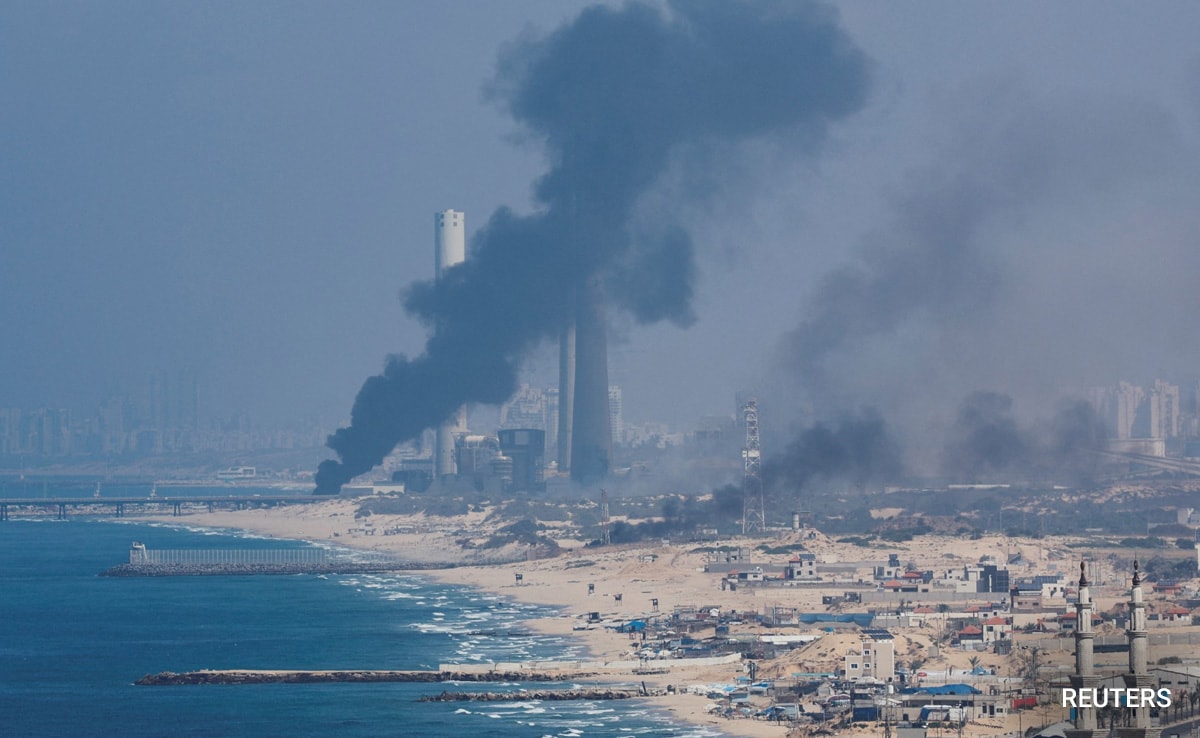Chinese Foreign Minister Wang Yi meets his Bhutanese counterpart Tandi Dorji in Beijing on October 23, 2023. Photo: fmprc.gov.cn/
Bhutan and China held their 25th round of boundary talks, that have been held up since the last round in 2016, even as Bhutan’s Foreign Minister Tandi Dorji met with Chinese Foreign Minister Wang Yi in Beijing, with both sides saying they want a deal on demarcating the boundaries “soon”. Significantly, this was the first official visit to China by the Bhutanese Foreign Minister, and holding the long pending 25th round of talks indicated substantive progress had been made by the expert groups of officials from both countries.
The boundary talks were led by Dr. Dorji, Minister for Foreign Affairs and External Trade of Bhutan, and Sun Weidong, Vice Foreign Minister of China, who signed a “Cooperation Agreement” between both countries outlining the functioning of a Joint Technical Team (JTT) on the “Delimitation and Demarcation of the Bhutan-China Boundary”, that had been agreed to in August this year, a joint press release issued in Beijing and Thimphu said. Dr. Dorji was accompanied by Bhutanese Ambassador to India Maj. Gen. (Retd.) V. Namgyel and Bhutanese Foreign Secretary Pema Choden.
According to a statement by the Chinese Foreign Ministry after Dr. Dorji’s meeting with the Chinese Foreign Minister on Tuesday, Mr. Wang also expressed the hope that the two countries would establish diplomatic relations, something Bhutan has held out on thus far, as it does not have ties with any UN Security Council Permanent Member (P-5) country.
“The conclusion of boundary negotiations and the establishment of diplomatic relations between China and Bhutan fully serve the long-term and fundamental interests of the country and nation of Bhutan,” Foreign Minister Wang, who is also a Politburo member and Director of the Chinese Communist Party’s Central Foreign Affairs Commission, said, according to the Ministry of Foreign Affairs (MFA) statement.
While India has said in the past it “very closely follows” the talks as it pertains to its security, especially near the trijunction point near Doklam, the Ministry of External Affairs did not comment on the Bhutan Foreign Minister’s visit to China. The Bhutanese MFA has not issued any separate statement on the meetings but according to the Chinese MFA statement Dr. Dorji concurred with Mr. Wang on the boundary issue.
In an interview to The Hindu earlier this month, Bhutanese Prime Minister Dr. Lotay Tshering had disclosed that the two countries were “inching towards the completion” of a three-step road map on boundary delineation, that includes agreeing to the demarcation of the border in talks on the table, visiting the sites along the demarcated line on the ground, before finally and formally demarcating the boundary between them. “We hope to see a line being drawn — this side Bhutan and that side China. We don’t have that right now,” Dr. Tshering told The Hindu.
When asked about Bhutan’s position on opening diplomatic ties with China, Dr. Tshering had been non-committal, saying, “Theoretically, how can Bhutan not have any bilateral relations with China? The question is when, and in what manner.”
‘Firm determination’
On Tuesday, Dr. Dorji met with Chinese Vice President Han Zheng as well, and official media accounts quoted Mr. Han saying China was “willing to strengthen exchanges at all levels and in all fields viz. economy, trade, culture and tourism,” adding that both sides share “firm determination and a sincere desire to demarcate their boundaries and establish diplomatic relations at an early date”.
Bhutan and China held 24 rounds of boundary talks between 1984 and 2016, a dozen rounds of expert group meetings that yielded the three-step road map , and earlier this year held their first boundary delimitation talks by a joint technical team, indicating they are serious about an early conclusion of the process.
Experts in India have said any deal between Beijing and Thimphu that accedes to a “swap arrangement” between areas to the north (Jamparlung and Pasamlung valleys) with Doklam to the west would be of concern to India, given the proximity to India’s narrow “Siliguri corridor” that connects the north-eastern States with the rest of India. India and China were involved in a stand-off in Doklam near the India-China-Bhutan trijunction in 2017, and border tensions have remained high since 2020 after the Chinese troops transgressed along the Line of Actual Control (LAC). However, Bhutan’s Prime Minister Dr. Tshering and Foreign Minister Dr. Dorji have said in interviews that no agreement would be made “against India’s interests”, and clarified that any talks about the “trijunction” at Doklam would only be held trilaterally between India, Bhutan and China.














